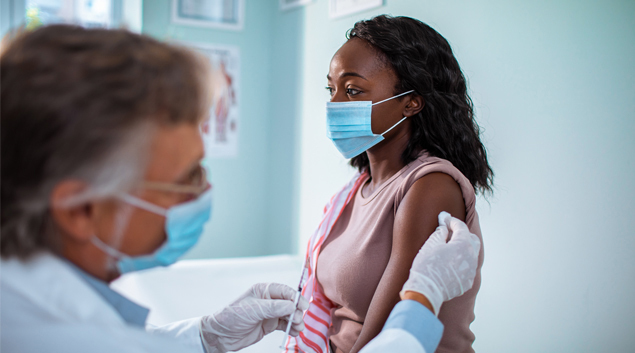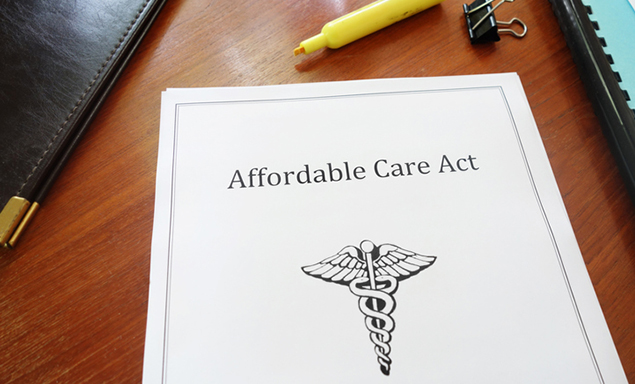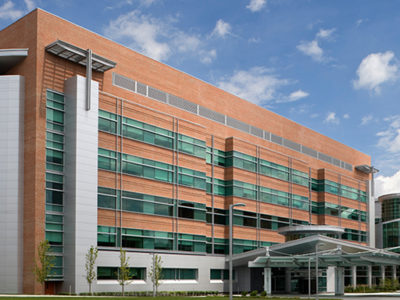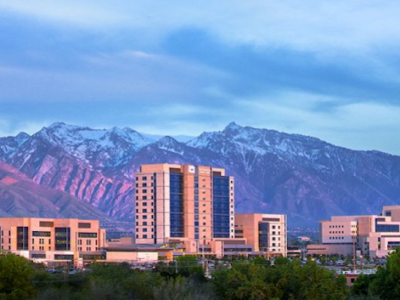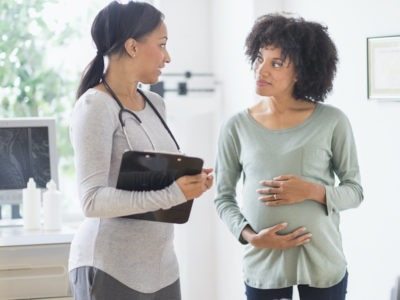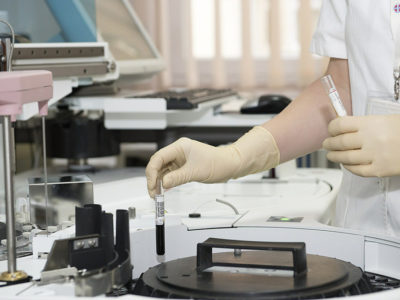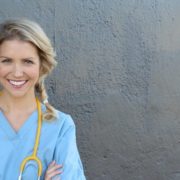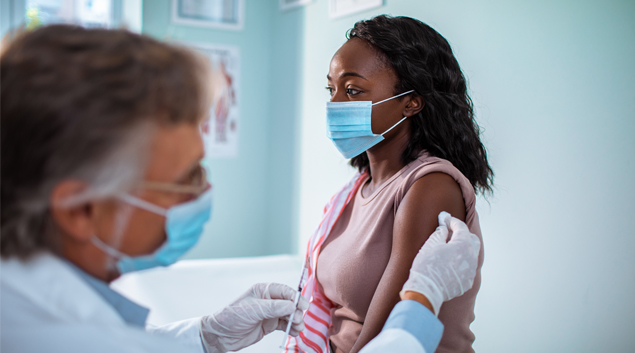
If an initial COVID-19 vaccine is about as effective as a flu shot, uptake by the American public may fall far short of the 70% level needed to achieve herd immunity, new Cornell research suggests.
Herd immunity is achievable through natural spread or through a vaccine, though this sometimes requires “re-application,” as with an annual flu shot.
In surveys of nearly 2,000 American adults, barely half said they would be willing to take a hypothetical vaccine with an efficacy of 50% – the U.S. Food and Drug Administration’s minimum threshold for a COVID-19 vaccine, and comparable to flu vaccines.
HIMSS20 Digital
Learn on-demand, earn credit, find products and solutions. Get Started >>
Vaccine acceptance increased by 10 percentage points, to 61%, if its theoretical effectiveness increased to 90%, making efficacy among the most important factors in Americans’ willingness to adopt a COVID-19 vaccine.
WHAT’S THE IMPACT?
Failure for the public to achieve herd immunity could place additional stress on a healthcare system that’s already pressured by the weight of the coronavirus, with margins shrinking and doctors and clinicians feeling burdened by stress and burnout.
Douglas Kriner and Sarah Kreps, professors of government at Cornell, conducted surveys in July asking respondents to choose between hypothetical COVID-19 vaccines based on four medical factors including efficacy, duration of protection, and the chances of major or minor side effects.
They also analyzed how political factors influenced vaccine acceptance, including whether it was fully approved by the FDA or made available through an Emergency Use Authorization; whether it was developed in the United States, the United Kingdom or China; and whether it was endorsed by President Donald Trump, former Vice President Joe Biden, the U.S. Centers for Disease Control and Prevention, or the World Health Organization.
Respondents evaluated pairs of vaccines with varying profiles, expressing a preference for one or neither. They then reported their willingness to take each vaccine individually.
Along with improved efficacy, vaccine acceptance improved with a greater protection duration (five years vs. one year) and a lower incidence of major side effects, but by smaller margins (2% and 4%, respectively).
Politically, average willingness to receive a vaccine was lowest when endorsed by Trump, at 52%, but only slightly better for Biden at 55%. Uptake was stronger when endorsements came from U.S. or global public health institutions, improving to 58% for the WHO and 59% for the CDC.
Geopolitics also mattered: Americans’ 60% average willingness to receive a vaccine developed in the U.S. dropped slightly if the vaccine came from the U.K. and significantly if it came from China, an outcome that appeared more plausible when the survey was conducted in July, the authors said.
Even one of the best-case hypothetical vaccines presented – developed in the U.K. and approved by the FDA with 90% efficacy, five years of protection, few side effects and a CDC endorsement – barely reached the estimated threshold for herd immunity, with 71% of Americans willing to take it.
Kriner and Kreps said the findings can help public health authorities and political leaders develop appropriate endorsements, incentives and messages to broaden vaccine uptake.
THE LARGER TREND
Kaufman Hall data from July illustrates the impact that continued coronavirus cases have had on the healthcare industry. Hospital operating margins have plunged 96% since the start of 2020, in comparison with the first seven months of 2019, as uncertainty and volatility continue in the wake of the pandemic.
These results do not include federal funding from the Coronavirus Aid, Relief, and Economic Security Act. Even with that aid, however, operating margins are down 28% year-to-year compared to January through July of 2019.
Healthcare workers are feeling the effects as well. In March, Dr. James Adams of Northwestern University’s Feinberg School of Medicine and Dr. Ron Walls of Harvard Medical School, wrote that the combination of stress and possible exposure puts healthcare professionals – from physicians, to nurses, to specialists – at greater risk of contracting COVID-19 and potentially spreading it to others.
In late September, the Centers for Disease Control and Prevention announced it is distributing $200 million to help jurisdictions prepare for a COVID-19 vaccine. The money will be sent through the Center for Disease Control and Prevention’s existing immunization cooperative agreement and will help support 64 jurisdictions as they plan and implement COVID-19 vaccination services, HHS said. The amount each jurisdiction receives is determined based on the size of the population there.
As the end of the year approaches – along with Operation Warp Speed’s deadline for getting a vaccine approved – preparations for distribution have begun. HHS has said that a vaccine will be distributed and administered as soon as one is deemed safe and effective.


